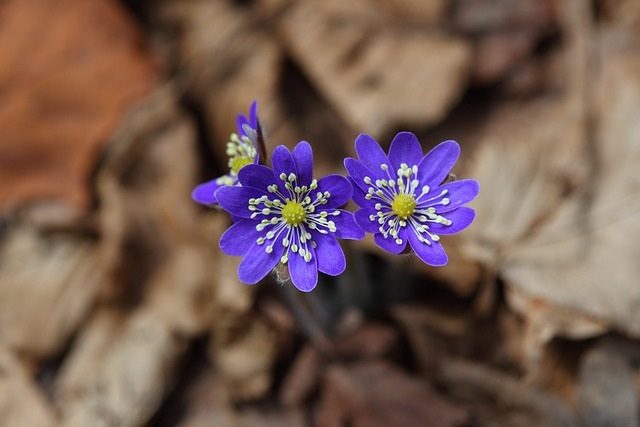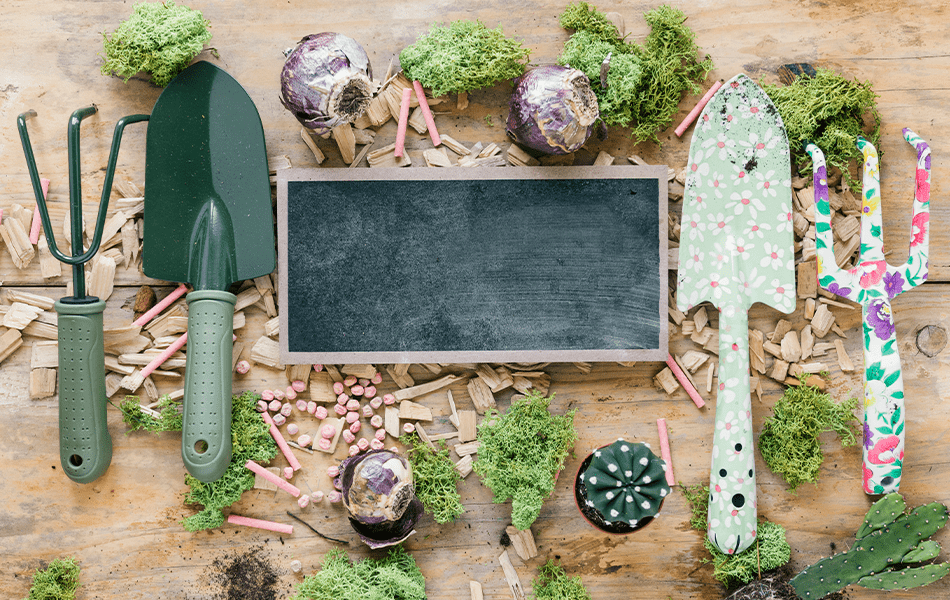For generations, gardening has been an integral component of human culture. Gardens serve as sanctuaries for leisure, introspection, and connection with nature, from producing food to establishing calm outdoor places. In the Philippines, native plants have cultural value and are frequently employed in traditional customs, ceremonies, and medical cures. Individuals may bond with their cultural history and preserve local botanical knowledge passed down through generations by choosing native plants for home gardens.
A developing trend in the Philippines is supporting the cultivation of native plants in gardens. Growing native plants had been a movement in the country that encourages the cultivation of indigenous plant species in the country’s natural habitats. Rather of importing non native species, it entails choosing and cultivating plants native to certain locations or ecosystems present in the Philippines such as purple coneflower, leaf mulch, and Echinacea purpurea. Native plant gardening celebrates the country’s unique biodiversity, maintains local ecosystems, and provides several environmental and expanding advantages.
Read More: Bria House and Lot: A Beginner’s Guide to Simple Home Gardening
What is Native Gardening?

The Philippines, being an archipelago of different places, provides the ideal settings for the cultivation and flourishment of many native plants species and non native plants. In the Philippines, native plants have cultural value and are frequently employed in traditional customs, ceremonies, and medical cures. Individuals may bond with their cultural history and preserve local botanical knowledge passed down through generations by planting native plants.
Native gardening is the cultivation and care of invasive plants to a certain location or environment. Rather than importing non native plants from foreign regional native plants, it entails on choosing particular species on a certain location. Native plants grow and occur naturally in the area where they developed. These native species develop natural process without human introduction through germination, deep root systems, stem growth, leaf production, blooming, and seed production. Environmental conditions, soil composition, water availability, and sunshine exposure all have an impact on the development of native plants. Native plants interact with their natural habitat throughout the growing process, responding to elements such as light intensity, local climate, adequate water availability, and nutrients in soil conditions. They have evolved to adapt to particular circumstances and have developed survival and reproduction strategies within their specialized environments.
Read More: The Benefits of Growing Your Own Food: Tips for Starting a Home Garden
They are the ecological foundation upon which all native wildlife for plants, humans, and other animals. depends in more ways than one. Their preservation is critical because without them, local birds and even some wildlife may perish. This is due to the fact that birds and other wildlife rely on the insects that co-evolved with these plants for existence. Exotic plants not only disrupt the food chain of native plants, but they can become invasive species by outcompeting native species for resources and damaging habitat in remaining natural regions. Many people are unaware that landscaping decisions have a substantial impact on the abundance of birds and the insects that are crucial to their existence.
Benefits of Using Native Plants for Landscaping

Native Plants requires Low Maintenance
Having a native plants generally require less maintenance since they adapt to their natural habitat and native soil. Moreover, Native plants have minimal fertilizer requirements and pesticides compared to lawns. Also, Native plant landscapes do not necessitate mowing. Excessive carbon emissions from the burning of fossil fuels contribute to global warming. Native plants absorb and store carbon from the atmosphere, mitigating its impact.
Native plants assist in reducing air pollution
Native plants aid in the fight against air pollution by absorbing and filtering hazardous pollutants. They contribute to cleaner air by removing carbon dioxide (a greenhouse gas) from the atmosphere and releasing oxygen via a process known as photosynthesis. Furthermore, the leaves and stems of native plants can trap airborne pollutants like dust and pollen, so improving air quality. We can utilize native plants’ inherent abilities to alleviate pollution and build healthier, more sustainable settings by integrating them into gardens, landscapes, and urban areas. Thus, native plant gardening provides a practical and ecologically responsible method of decreasing pollutants and building a cleaner, greener future.
Native Plants are Better Resistant Against Flood
Through their inherent traits and ecological functions, native plants play an important role in reducing and controlling floods in the Philippines. Native plants have vast root systems that aid in soil stabilization and erosion prevention. Their deep, linked roots keep the soil in place, lowering the danger of soil erosion after heavy rains. Additionally, the roots help to enhance soil structure, which improves the soil’s ability to hold water. The absorption and retention of water by native plants helps to reduce the volume and intensity of runoff, so aiding in flood management. Native plants help preserve the integrity of riverbanks, slopes, and other regions prone to soil displacement, which can contribute to flooding by avoiding erosion. The thick vegetation dissipates energy from rushing water and disperses it over a larger region, reducing the danger of channel erosion and floods downstream.
Native plants enhance the scenic value and aesthetic appeal of an area
Native plant gardening is not only good for the environment, but it also honors Filipino culture and beauty. The Philippines’ unique flora reflects the country’s rich cultural legacy and acts as an inspiration for art, literature, and traditional traditions. We pay honor to our roots by introducing native species into our gardens, reconnecting with the natural beauty that surrounds us. Native plants provide a tapestry of colors, textures, and smells, producing fascinating landscapes that engage the senses and generate a sense of pride in our national identity.
Native plants serve as a wildlife habitat
Plant species support wildlife by developing with native insects, birds, and mammals, resulting in complex ecological connections. Native plants offer critical habitat and food supplies for local species, helping to biodiversity conservation. They provide sustainable habitat for pollinators like bees, butterflies, and birds, which are essential for the reproduction of many plant species. Having more native gardens assists in preserving the delicate balance of local ecosystems and improve the general health of the environment by planting native plants.
Native plants support the preservation of our natural heritage.
Native plant gardening is not only good for the environment, but it also honors Filipino culture and beauty. The Philippines’ unique flora reflects the country’s rich cultural legacy and acts as an inspiration for art, literature, and traditional traditions. We pay honor to our roots by introducing native species into our gardens, reconnecting with the natural beauty that surrounds us. Native plants provide a tapestry of colors, textures, and smells, producing fascinating landscapes that engage the senses and generate a sense of pride in our national identity.
Conclusion
In native gardening, appropriate plant species are chosen with care based on their appropriateness to the local environment and their role in sustaining local animals. It frequently entails studying native plant species, learning about their growing needs, and designing a garden that resembles natural ecosystems. Filipinos may aid the protection of local ecosystems, encourage biodiversity, and build sustainable and attractive landscapes that honor their region’s unique natural history by embracing native gardening methods.
Hopefully, you are encouraged with the vast benefits of having a native garden in your home. Bria Homes is the best companion you can have in building a sustainable habitat for you and your family. Checkout our green homes through our website: https://www.bria.com.ph/





